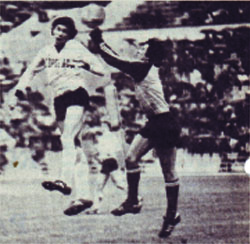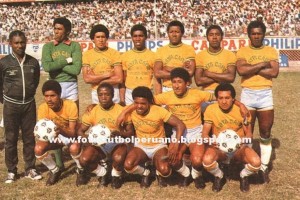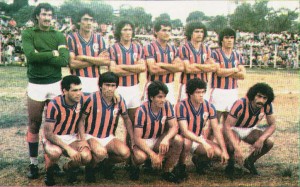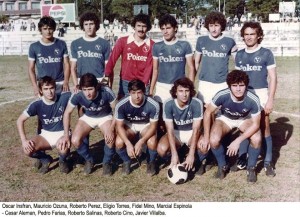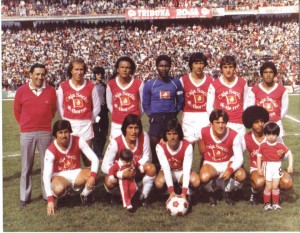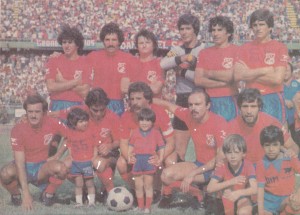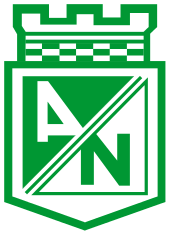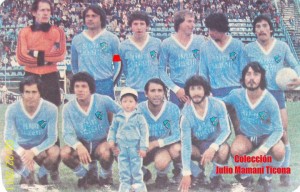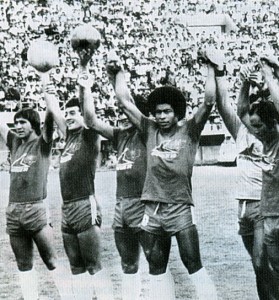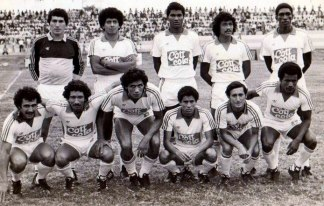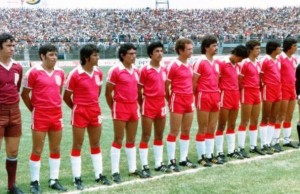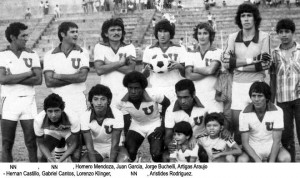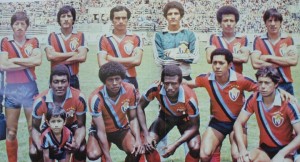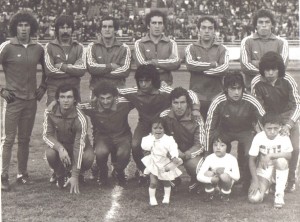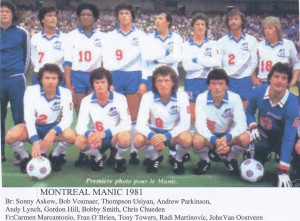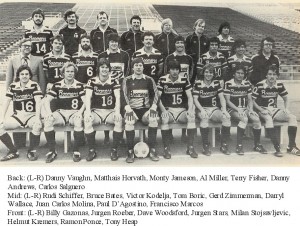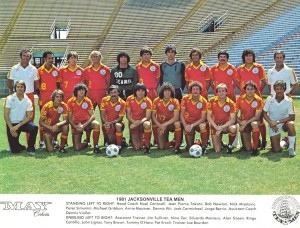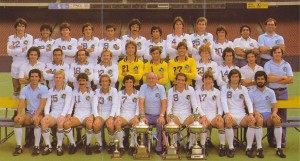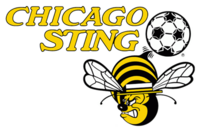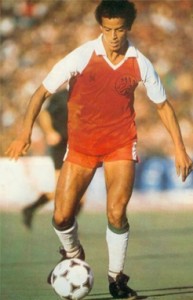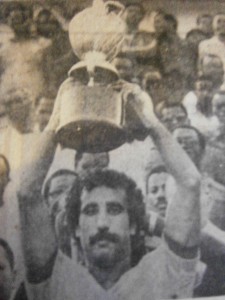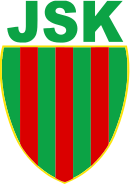Mexico. The Second Division reached its climax with the final – it was all about single promotion. The contestants were one absolutely unknown club – Tapatio (Guadalajara) – and one almost unknown, Atletico Morelia. Tapatio hosted the first match and unable to win – 1-1. The second match in Morelia favoured the host team, but it was not an easy game. Atletico won, but minimally – 1-0. It was enough.
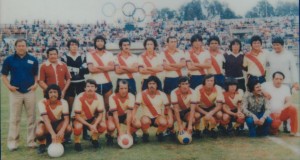 Atletico Morelia – the winner of Second Division and thus promoted to First Division.
Atletico Morelia – the winner of Second Division and thus promoted to First Division.
Top flight proceeded with its own marathon, divided into 4 groups as ever. Fair or not fair, the rules stipulated that the teams with least points in the group stage go to a relegation play-off. Atlas (Guadalajara) had the least points in the league – 27 (Group 1). Their opponents was the last placed in Group 3 – Union (Curtidores), with 30 points. Lean and Atletas Campesinos escaped with 31 points each. Atlas won the first leg of the play-off – 2-0 at home. In the second match the host team won, but Atlas managed to score a goal and survived – 1-2 gave them the edge: 3-2 was the combined result and Atlas survived.
 Unlucky Union de Curtidores – one goal decided their fate, despite the fact they had stronger season than Atlas. But rules are rules and Unuon was relegated.
Unlucky Union de Curtidores – one goal decided their fate, despite the fact they had stronger season than Atlas. But rules are rules and Unuon was relegated.
For half the league the season ended with the group stage – among them were 2 clubs normally considered favourites:
 Atlante, having three stars in the team – Cabinho (Brazil) and Argentines Ruben Ayala and Ricardo La Volpe, finished 3rd in Group 3 – one point short of qualification for the second round of the championship. Disappointing season. Cabinho, already a legend and considered the best ever foreign player, was the top scorer of the championship for 6th consecutive year, but Atlante was out.
Atlante, having three stars in the team – Cabinho (Brazil) and Argentines Ruben Ayala and Ricardo La Volpe, finished 3rd in Group 3 – one point short of qualification for the second round of the championship. Disappointing season. Cabinho, already a legend and considered the best ever foreign player, was the top scorer of the championship for 6th consecutive year, but Atlante was out.
 If Atlante missed the second stage unfortunately, America had no chance at all – a terrible season for one of the biggest and most successful Mexican clubs. 11 wins, 14 ties, and 13 losses placed them 4th in Group 1 with 36 points. 12 clubs earned more points than them – disastrous season.
If Atlante missed the second stage unfortunately, America had no chance at all – a terrible season for one of the biggest and most successful Mexican clubs. 11 wins, 14 ties, and 13 losses placed them 4th in Group 1 with 36 points. 12 clubs earned more points than them – disastrous season.
Other clubs were going up: Zacatepec was perhaps the biggest surprise, finishing 2nd in Group 3. Atletico Espanol and Deportivo Neza also had strong first phase – both clubs were new ambitious projects, moving up largely thanks to peculiar Mexican rules, permitting a newly founded club to bye the franchise of someone else. Deportivo Neza was founded in 1978 in the city of Ciudad Neza and bought the franchise of Club de Futbol Laguna. The new club did not play in its home town at first, but in the city of Texcoco – there they had their best years. Until 1987-88, when financial troubles and lack of fans ended the club – it was sold and moved elsewhere. In 1980-81 they finished 2nd in Group 2. Atletico Espanol (Mexico City) finished 1st in Group 1 – they were older than Deprotivo Neza, but like them built artificially – in 1971 a group of Spanish businessmen bought Necaxa and re-named it. So far – so good.
The rest of the qualifying teams were familiar – Toluca finished 2nd in Group 1 behind Atletico Espanol. Cruz Azul won Group 2, leaving Deportivo Neza a point behind. UNAM won Group 4, Guadalajara finished second – quite behind UNAM, but second. Zacatepec was also distant second in Group 3, left behind by the best team in the first stage – UAG. UAG – or Tecos, as they are commonly known – had remarkable first stage: 20 matches without a loss. They finished with 51 points and only one club came close to them – UNAM, with 49.
 In a standard championship, Tecos would have been winners, but in Mexico the first stage meant only qualification to the next one. The 8 teams were divided into 2 round-robin semi-final groups. The winners qualified to the final and nobody else. UAG collapsed at this stage, ending last in Group 1.
In a standard championship, Tecos would have been winners, but in Mexico the first stage meant only qualification to the next one. The 8 teams were divided into 2 round-robin semi-final groups. The winners qualified to the final and nobody else. UAG collapsed at this stage, ending last in Group 1.
1.- Cruz Azul 6 3 2 1 5 3 1.67 8
2.- Zacatepec 6 3 1 2 12 8 1.50 7
3.- Toluca 6 2 1 3 5 7 0.71 5
4.- U.A.G. 6 1 2 3 7 11 0.64 4
The ambitious project named Atletico Espanol also finished last, casting doubts about the future of the club. Cruz Azul won the Group 2.
1.- U.N.A.M. 6 4 1 1 12 9 1.33 9
2.- Deportivo Neza 6 2 2 2 4 3 1.33 6
3.- Guadalajara 6 2 1 3 7 9 0.78 5
4.- Atletico Español 6 1 2 3 6 8 0.75 4
Cruz Azul and UNAM were to contest the title – in two legs. Steady season for both teams so far – they were not particularly flashy, but earned enough points to go ahead. Both won their preliminary groups and now won their semi-finals groups. UNAM so far performed better than Cruz Azul, the champions of the previous season. Both teams lost only one match in the second stage, Cruz Azul emphasizing on their defense and UNAM – on attack. Perhaps the different tactics decided the championship – Cruz Azul won the first leg minimally: 1-0. In the second leg UNAM went full ahead and destroyed Cruz Azul 4-1. They were final winners on aggregate: 4-2.
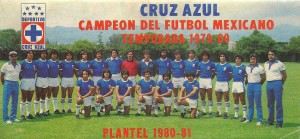 The experienced squad of Cruz Azul was unable to win a consecutive title – perhaps was too old and too careful for that. They came close, they were one of the best Mexican squads at the time, but at the end they lost.
The experienced squad of Cruz Azul was unable to win a consecutive title – perhaps was too old and too careful for that. They came close, they were one of the best Mexican squads at the time, but at the end they lost.
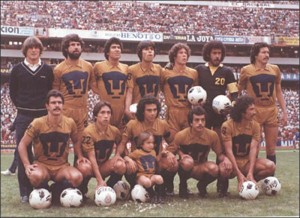 Pumas with more than claws – a second title for UNAM. They were the team for the future too – the young coach Bora Milutinovic won its first championship and he had no other but Hugo Sanchez leading the attack. Young coach and young striker – no wonder UNAM risked attacking football, preferring to outscore the opponents. Their defense was leaky – for instance, they ended with the second worst defensive record the semi-final stage – but they scored more than they received and at the end the title was theirs. Well done, to say the least.
Pumas with more than claws – a second title for UNAM. They were the team for the future too – the young coach Bora Milutinovic won its first championship and he had no other but Hugo Sanchez leading the attack. Young coach and young striker – no wonder UNAM risked attacking football, preferring to outscore the opponents. Their defense was leaky – for instance, they ended with the second worst defensive record the semi-final stage – but they scored more than they received and at the end the title was theirs. Well done, to say the least.
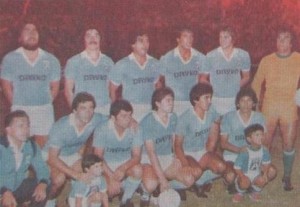 Champions without a trophy and happy smiles.
Champions without a trophy and happy smiles.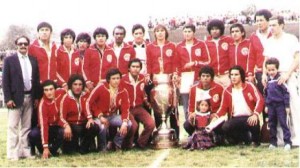 Universidad Tecnica (Cajamarca) – no champions, but with a huge cup… and promoted to first division.
Universidad Tecnica (Cajamarca) – no champions, but with a huge cup… and promoted to first division.